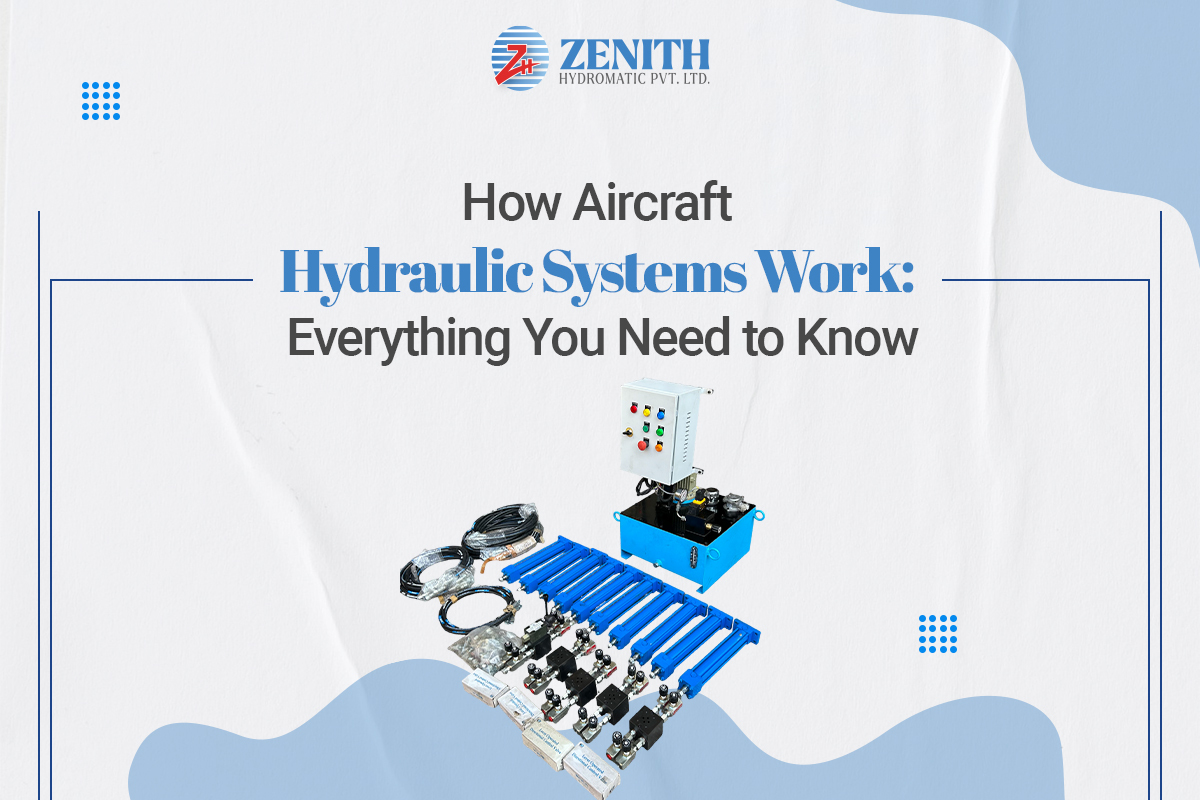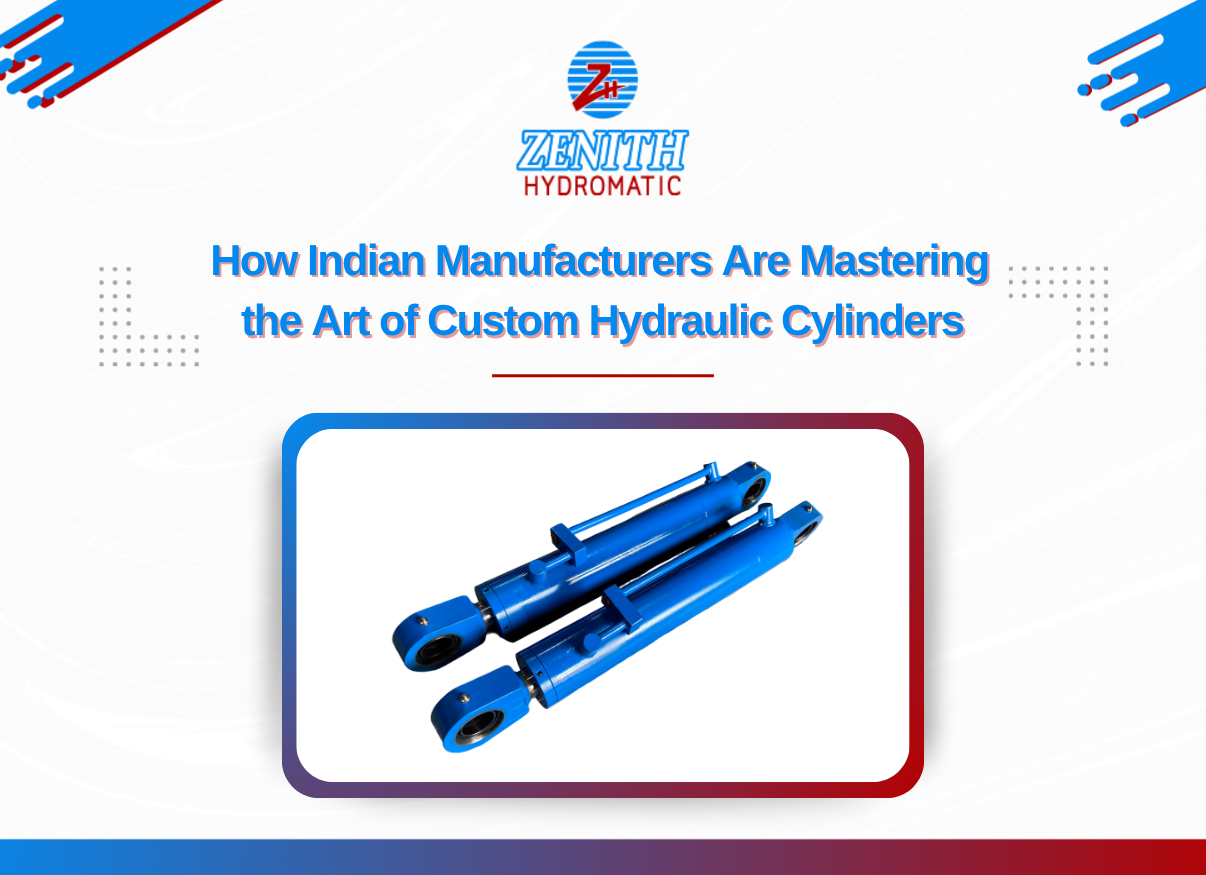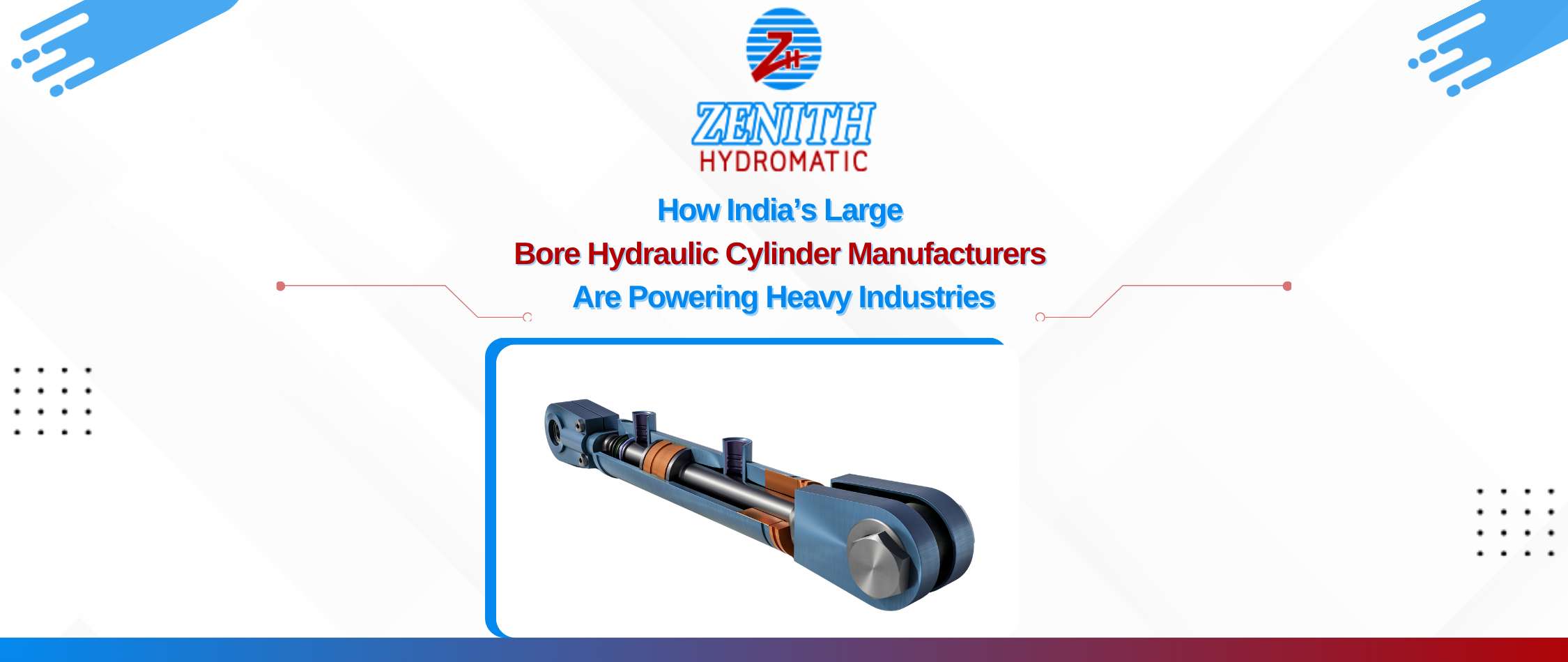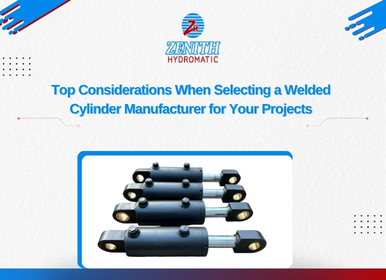
When you look at an airplane soaring thousands of feet above the ground, one thing is certain – precision and reliability keep it in the sky. Behind the advanced avionics and powerful engines lies another unsung hero: the aircraft hydraulic system. From landing gear deployment to precise flight control, hydraulics provide the raw power and accuracy that pilots rely on for every safe journey.
At its core, a hydraulic system uses pressurized liquid to perform heavy mechanical work. The principle sounds simple, but in aviation, every detail is engineered with safety, dependability, and performance in mind.
Key Components of Aircraft Hydraulic Systems
- Reservoir
The reservoir is the starting point – storing hydraulic fluid that powers the system. It is pressurized, ensuring smooth and uninterrupted flow. In aircraft, this pressurization is often maintained using bleed air from the engine. - Pumps
Hydraulic pumps supply the pressure needed to move critical components. They may be engine-driven, electric, or manual (hand pumps are provided as backups). No matter the source, these pumps ensure constant, reliable pressure flow. - Filters
Purity is critical. Filters clean hydraulic fluid from contaminants like dirt or metal particles that could otherwise damage the system. They are strategically placed on supply lines, return lines, or near sensitive components to maximize safety. - Valves
Valves act as traffic controllers of the system. Check valves allow one-way flow, shutoff valves isolate sections during emergencies, pressure-reducing valves fine-tune pressure for delicate components, and selector valves redirect flow based on operational needs. - Actuators
Actuators are where hydraulic pressure transforms into action. They move flight controls, brakes, landing gear, and even cargo ramps. In many systems, custom hydraulic cylinders are used as actuators to deliver tailored motion and force, ensuring optimal performance for specific aircraft requirements. - Accumulators
Accumulators store pressurized fluid for peak-demand situations or emergencies. They act like energy reserves, ensuring systems can still function if pumps fail or pressure drops.
How the System Works
The working principle is rooted in Pascal’s Law: pressure applied to a confined liquid is transmitted equally in all directions.
Here’s how it plays out in an aircraft:
- The pilot flips a switch or moves a control lever.
- A hydraulic pump pressurizes the system.
- Valves direct the pressurized fluid to actuators.
- Actuators move mechanical parts—like extending landing gear, steering the nose wheel, or controlling flaps.
- For reverse actions, the system releases or redirects pressure, smoothly returning components to their original positions.
In large aircraft, hydraulic pressures can exceed 5000 psi, making them powerful enough to handle even the heaviest tasks with absolute precision.
Why Hydraulics Are Indispensable in Aviation
- Dependability: Fewer moving parts mean reduced chances of breakdown.
- Precision Control: Instant response ensures pilots can maneuver with accuracy, especially in emergencies.
- Consistency: Unlike air, hydraulic fluids do not compress, making them unaffected by rapid altitude or pressure changes.
- Safety Backup: Accumulators and redundant systems provide reliability when it’s needed most.
The Role of Custom Hydraulic Cylinders
While standard hydraulic cylinders can serve basic purposes, aviation often demands custom hydraulic cylinders. Every aircraft design comes with unique engineering needs—whether it’s compact actuators for landing gear bays, high-force cylinders for cargo doors, or specialized cylinders for wing flaps.
At Zenith Hydromatic, we specialize in designing and manufacturing hydraulic solutions that are built to match such critical requirements. Our custom hydraulic cylinders are engineered with precision, durability, and safety at the forefront—qualities that aviation and aerospace industries can trust.
Conclusion
Aircraft hydraulic systems are far more than just fluid under pressure—they are the muscle behind an aircraft’s most essential operations. By combining power, accuracy, and dependability, they ensure every takeoff, landing, and in-flight maneuver happens seamlessly.
As aviation continues to evolve, the demand for advanced hydraulic solutions, particularly custom hydraulic cylinders, will only grow. With expertise in precision engineering, Zenith Hydromatic stands ready to deliver systems and components that meet the strictest standards of reliability and performance.
Because when it comes to flying, there’s no margin for error—only uncompromising trust in the systems that keep us safe.
FAQs About Aircraft Hydraulic Systems
- What is the main purpose of hydraulic systems in aircraft?
Hydraulic systems provide the power to operate critical components such as landing gear, brakes, flight controls, cargo doors, and steering systems with precision and reliability.
- Why are hydraulic systems preferred over pneumatic systems in aviation?
Hydraulic fluids are non-compressible, ensuring consistent performance across altitude and pressure changes. Pneumatic systems (air-based) are more prone to pressure fluctuations and delays in response. - What pressure range do aircraft hydraulic systems typically operate in?
Depending on the aircraft size, hydraulic systems operate between a few hundred psi and up to 5000 psi in large commercial jets or military aircraft. - What is a custom hydraulic cylinder and why is it important in aviation?
A custom hydraulic cylinder is specifically designed to meet unique engineering needs, such as compact spaces, extreme force requirements, or specialized movements. In aviation, these tailored solutions ensure reliable and safe operation of mission-critical components. - How are hydraulic systems kept reliable in aircraft?
Reliability is ensured through redundancy (multiple pumps and circuits), high-quality filters, regular maintenance, and the use of accumulators for backup power during emergencies.



